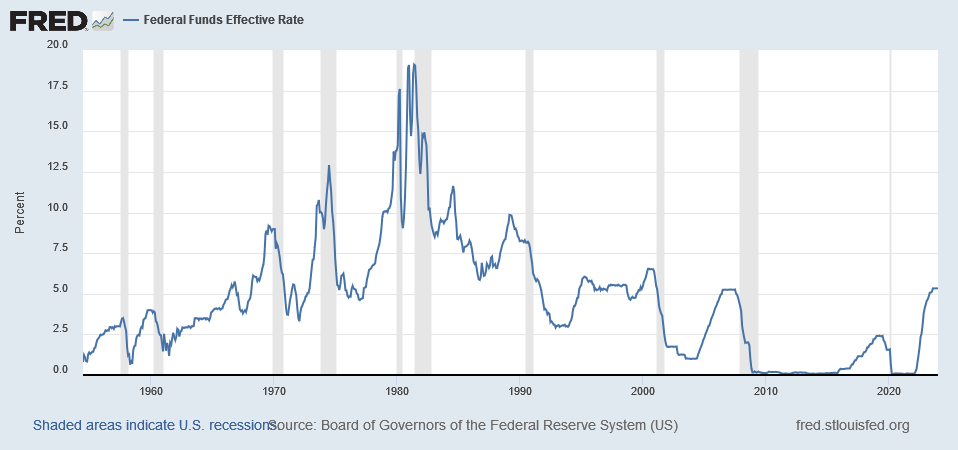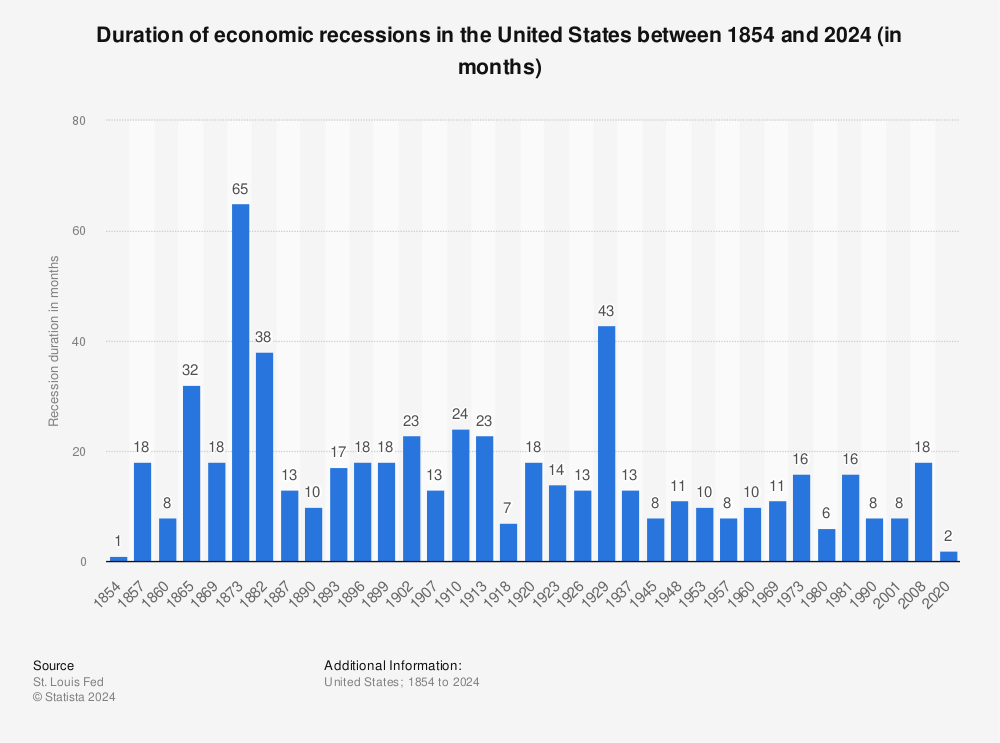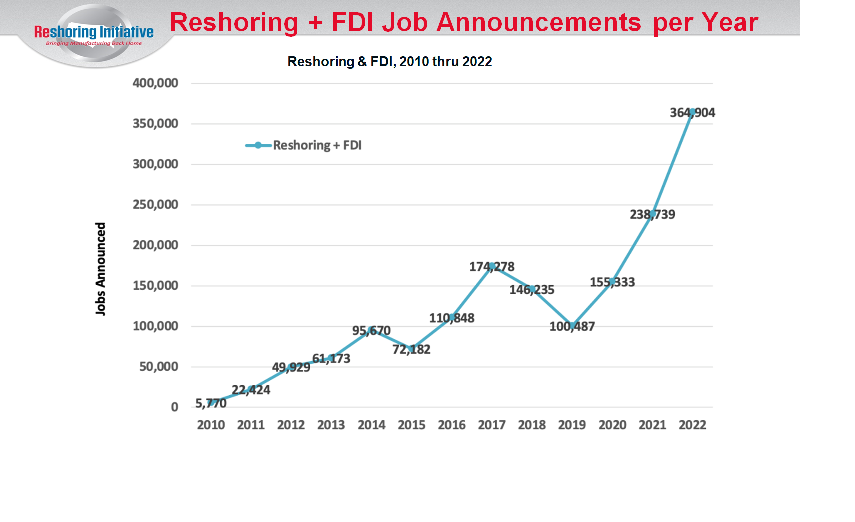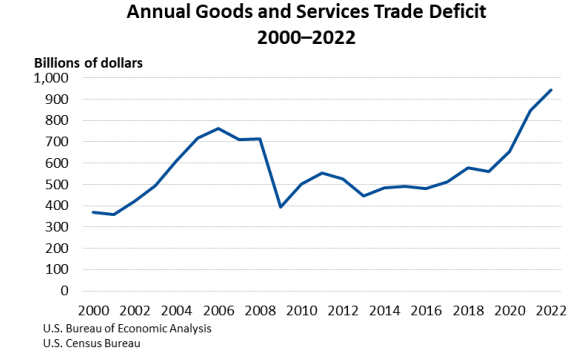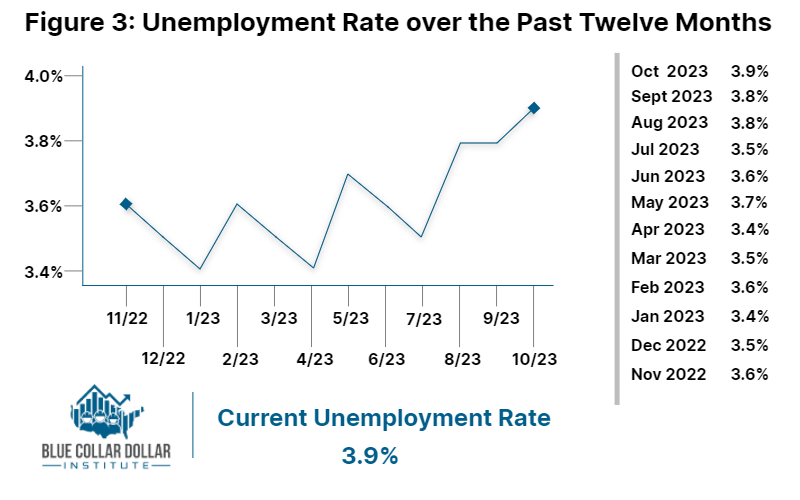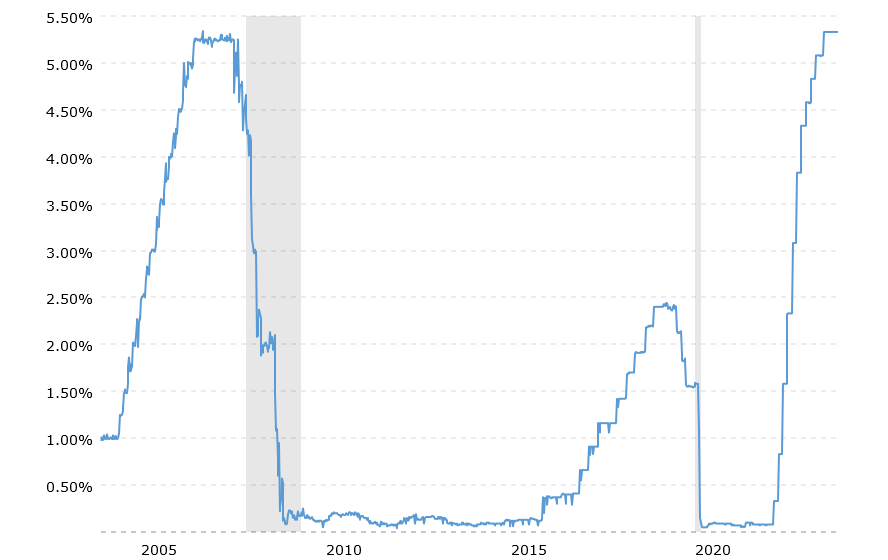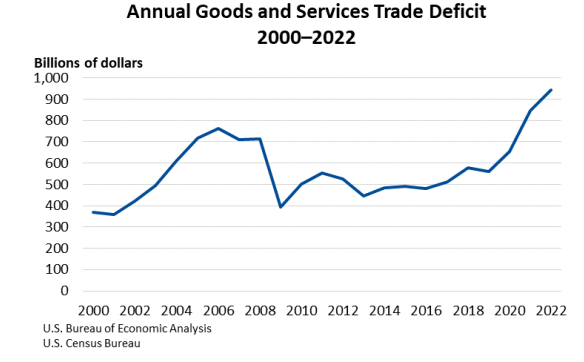The 2024 Deloitte and The Manufacturing Institute sixth manufacturing talent study revealed that the “US manufacturing industry is experiencing strong growth. Manufacturing employment has surpassed pre-pandemic levels and stands close to 13 million as of January 2024.”
The study noted that “The net need for new employees in manufacturing could be around 3.8 million between 2024 and 2033. And, around half of these open jobs (1.9 million) could remain unfilled if manufacturers are not able to address the skills gap and the applicant gap.”
Since my previous article about The Manufacturing Institute’s FAME (Federation for Advanced Manufacturing Education) in June 2022, FAME has expanded to “more than 40 chapters in 16 states—and more forming all the time.” according to MI President and Executive Director Carolyn Lee. “FAME is training thousands of global best technicians nationwide and the number of program participants is on the rise,” she said. “This is good news for manufacturing, which sorely needs talent to continue to make the many, many things people use every day.”
The Manufacturing Institute, the National Association of Manufacturers 501(c)3 nonprofit workforce development and education affiliate, is seeing significant growth in its FAME initiative, an earn-while-you-learn training program with an emphasis on technical skills, lean training, and professional behaviors development.
FAME was created by Toyota more than a decade ago and moved to be under the management of The Manufacturing Institute in 2019. The website states, FAME “provides global-best workforce development through strong technical training, integration of manufacturing core competencies, intensive professional practices and intentional hands-on experience to build the future of the modern manufacturing.”
I recently reconnected with Tony Davis, National Director for FAME for The Manufacturing Institute, whom I had interviewed in 2022. He said that FAME has expanded from 13 states to 16 states as shown below:
- Alabama FAME
- Colorado FAME
- Florida FAME
- Illinois FAME
- Indiana FAME
- Kansas FAME
- Kentucky FAME
- Louisiana FAME
- Michigan FAME
- Mississippi FAME
- North Carolina FAME
- Oklahoma FAME
- Tennessee FAME
- Texas FAME
- Virginia FAME
- West Virginia FAME
The latest news on the website highlighted the following chapters:
“Northwest Louisiana FAME Chapter Celebrates First Graduating Class On May 10, the first graduates of the Northwest Louisiana Chapter of FAME. “The Northwest Louisiana Chapter of FAME was created in May 2022 by a group of area manufacturers, BPCC and the North Louisiana Economic Partnership (NLEP) to meet a critical need for skilled maintenance technicians faced by most manufacturing and industrial employers.”
The Kentucky Federation for Advanced Manufacturing Education (KY FAME) Cumberlands Chapter graduated its eighth class Thursday evening, celebrating 21 students who have earned their degrees while working for a regional sponsoring manufacturer.
“John Wood Community College (JWCC), the Great River Economic Development Foundation (GREDF), DOT Foods, Gardner Denver (Ingersoll Rand), General Mills, The Knapheide Manufacturing Company, and Titan Wheel launched Illinois’ first Federation for Advanced Manufacturing Education (FAME) chapter today. (January 11, 2024)
Washtenaw Community College’s FAME program — the Michigan Federation for Advanced Manufacturing Education, a work-and-learn program between the college and advanced manufacturing employers, has been taking steps to help the state change its trajectory. There are several FAME chapters across the nation; Washtenaw Community College started the first Michigan chapter in January (2023).
Tony said there is a brand new chapter in Greensboro, NC, the North Carolina Federation for Advanced Manufacturing Education (NC FAME) Program, which “partners students with industry while they take classes at Guilford Technical Community College. The goal is for students to gain valuable employment experience with manufacturing leaders while also completing their associate degree.”
I told Tony that I had visited Greensboro, NC in August 2017 as the guest of the Greensboror Chamber of Commerce to visit manufacturers and write blog articles. I also visited the community college located near the airport, Guilford Technical Community College, that provided training for aircraft and airline-related jobs. He said that this is one of the colleges partnering with the NC FAME.
I asked if the Northwest Indiana Manufacturers network ever found the education provider they were seeking that was mentioned on the FAME website news of April 3, 2023: He said that Ivy Tech Community College in Valparaiso, IN agreed to be a partner for a second FAME chapter. I later found information on the Ivy Tech Community College website that reported that eleven high school students were accepted to start the FAME program at Ivy Tech Fort Wayne’s Flex Lab within The Steel Dynamics, Inc. Keith E. Busse Technology Center.
Tony told me that Kentucky has the most FAME chapters at 12 chapters, and Alabama has the second most at 8 chapters—and with two more starting. He said that Indiana and Texas now have five chapters, but they are exploring starting a chapter in the northwest part of the Houston metro. He said, “Unfortunately, most states only have one or two chapters.”
I noticed that there are no chapters west of Colorado, and asked if there was any plan to add a chapter in California. And he said, “We are exploring Fresno.”
I asked that the obstacle was to forming more FAME chapters, and he said “Lack of awareness of the FAME program is the biggest obstacle. We have to rely on word-of-mouth referrals.”
I gave him some suggestions for increasing the awareness of FAME through the Manufacturing Extension Partnerships and the National Association of Colleges & Employers (NACE).
Tony noted that his team has been building systems and improving processes constantly to make it easier for local manufacturers of all sizes to utilize the FAME model. “Visiting our website [FAME-USA.com] is a great way to learn more about the training programs, the footprint, and how to get connected to start or join a chapter,” adds Tony.
I told him that the next time I reconnected with him that the number of FAME chapters will have dramatically increased because the need for skilled manufacturing workers is so great.
